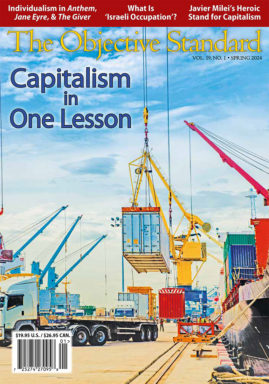As Cato’s Alan Reynolds points out, various pundits (including Paul Krugman) have, based on the work of Thomas Piketty, declared that the percentage of income and/or wealth of the top 1 percent has surged in recent years. As Reynolds demonstrates, those pundits are wrong. But Reynolds’s analysis will hardly persuade today’s egalitarians to alter their policy goals of higher taxes and more regulations, because they regard any income inequality as morally suspect if not outright offensive.
Regarding income (i.e., annual earnings), Reynolds points out that comparing prewar and postwar income is tricky due to different standards in calculating income. Whereas Piketty’s figures suggest that the top 1 percent of earners collect nearly 20 percent of income, a more realistic comparison (based on tax adjusted “modified personal income”) shows that
the Top 1% share clearly spiked upward after the 1986 Tax Reform [from around 8 percent], and then fluctuated cyclically between 11 and 13 percent from 1988 to 2011, averaging 12.3 percent.
Regarding wealth (i.e., accumulated assets), Reynolds points out that there is no evidence showing the top 1 percent of wealth holders now hold more wealth; indeed, their share of wealth declined from 40 percent in 1930 to 21 percent in 2000. (Of course, different individuals continually join and leave this group.)
To egalitarians, though, Reynolds’s figures only serve to demonstrate that inequalities of income and wealth, whatever the details, are dramatic. Whether the top 1 percent of earners bring in 12 percent or 20 percent of total income, egalitarians will point out, that’s still a hugely disproportionate amount of wealth. It’s not like any egalitarian will read Reynolds’s report and say, “Thank God; the top 1 percent earn only 12.3 percent of all income.” Instead, egalitarians (if they accept Reynolds’s figures) will proclaim, “The fact that the top 1 percent earn 12.3 percent of all income is a moral outrage!” They’d say the same thing if the figure were 5 percent. . . .















